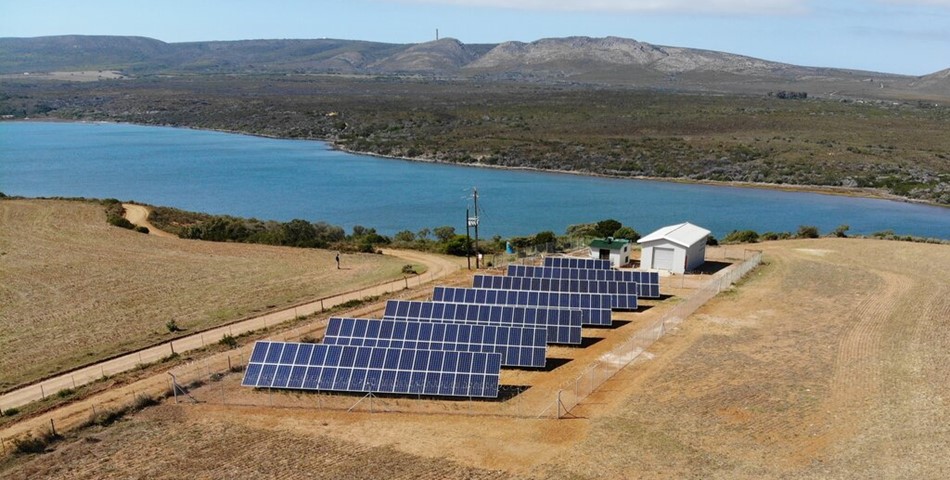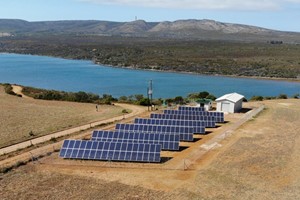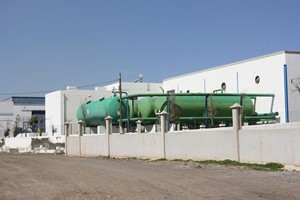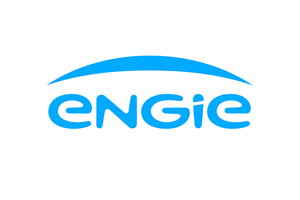The new machinery could offer remote and dry regions both electricity and some water for drinking or crops
In some countries there is no electricity in villages or towns, so we do water drinking plants based on solar plants. Some remote mining industries also don’t have electricity, so we do turnkey projects for WTP based on solar panels. Solar energy to drive water treatment processes has become a potentially sustainable solution to the world’s water scarcity issue.
Clean water and energy. People need both. Sadly, millions of people around the world have no reliable access to either. But a new system can provide these resources — and should work anywhere, even in remote deserts.
Desalination plant of seawater and brackish water has become a sustainable alternative solution to provide fresh water for many water-stressed regions. Solar energy can be used directly or indirectly to run desalination plants.
Solar-powered desalination has been identified to be a useful method and process which can boost water supplies and fight water scarcity.
Projections suggest the global population will reach 9.9 billion people by 2050. With half of the world’s population potentially living in water-scarce regions by 2025, finding a new water source is dire.
Over the last couple of decades, solar power has evolved from rooftop energy efficiency to other sustainable machinations, such as desalination. Desalination is the removal of salt from seawater – delivering a viable solution to water shortages in the future.
Solar energy is an ever-evolving green technology that researchers have utilized in making strides to improve desalination. The benefits of using solar power are evident and seemingly outweigh the disadvantages. Nevertheless, some challenges stand in the way. Here’s an overview of solar power as a sustainable route to desalination.
Solar Solutions for Water Shortages
Desalination plants worldwide treat seawater and wastewater to eradicate salt and contaminants, delivering drinking water to millions. Some of the largest desalination plants are located in Saudi Arabia, United Arab Emirates, and Israel. However, they tend to operate on a lot of power, prompting researchers to look for ways to improve energy efficiency.
Recently, a research team from the Massachusetts Institute of Technology (MIT) and Shanghai Jiao Tong University in China, developed a cost-effective and promising solar-powered desalination device that could provide a family with potable drinking water for as little as USD$4.
One obstacle to desalination has always been salt accumulation at the wick, which draws out the saline, and the latest system overcomes this with other simple materials. The outcome is a new solar-powered desalination technology providing over 1.5 gallons of drinking water per hour for every square meter of sunlight.
The sun’s power isn’t foreign. Green innovations have driven developments in the construction industry with residential and commercial solar panel systems aiming to mitigate climate change and decarbonize the economy. The United States has already installed over 121 gigawatts (GW) of solar capacity, enough to power 23.3 million houses.
Nevertheless, there’s untapped potential in applying solar power technologies to increase water supplies worldwide. Nonprofit organization, Give Power, recognizes that. In 2020, GivePower’s Kenya-based solar desalination plant began pumping 2,000 gallons of clean water for 35,000 people every day.
Between the MIT research team and organizations like Give Power maximizing solar desalination opportunities, future water scarcity may not be as severe of an issue in some parts of the world as we once presumed. Likewise, regions faced with natural disasters will also have access to potable drinking water.
Treading Water: Challenges Facing Solar-Powered Desalination
Although solar-powered desalination already demonstrates its worth as a sustainable method of generating clean water, it still has its challenges.
Salt fouling – a polluted obstruction – is problematic for most desalination operations. While MIT and Shanghai Jiao Tong University’s device has found a way around using a wick, accumulated salt and impurities in traditional desalination systems necessitate regular cleaning, repairs, and replacements.
Studies have also highlighted several logistical concerns surrounding solar desalination projects, including:
- The spatial distribution, or geographical distance, that affects seawater and solar energy desalination outputs
- Lack of tools for measuring if solar desalination plants make economic sense
- Community authorisation and compliance
- How well solar desalination plants can connect to the regional grid
- Determining if solar desalination combines well with other renewable energy sources
It’s important to remember that it takes a lot of energy to desalinate water, and there’s still uncertainty surrounding access to direct sunlight in some areas. For example, weather changes can make storing solar energy for large-scale desalination plants difficult.
Location matters, as well. Whereas one region may receive considerable solar radiation, others may not. For example, places with rainy, cloudy, and wintry climates may not produce as much year-round solar energy as sunnier, desert-like areas – think of Northeastern states versus Southwestern states in the US. As such, those affected regions may not benefit from solar-powered desalination projects.
Additionally, panels don’t generate electricity at night, despite the need for a consistent power source if widespread desalination projects were to operate exclusively on solar energy. Even though solar panels can typically store enough energy during the day to keep the power on for part of the night, they may not contain enough energy for long durations.
There is a lot to learn from the technology that currently exists, and improvements are necessary for solar energy to impact future desalination efforts significantly. Efficiency, intensity, and reliability are the cornerstones of a viable solar power source, particularly as a sufficient route to desalinating seawater and wastewater.
The Future of Solar-Powered Desalination Is Now
Using solar power to desalinate water is not a new phenomenon. Solar-powered plants and projects are ongoing worldwide. However, more needs to be done to ensure this is a sustainable approach to stopping water scarcity in its tracks. Future generations depend on it.












